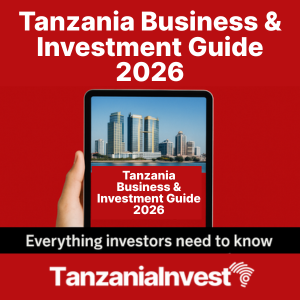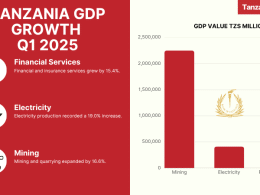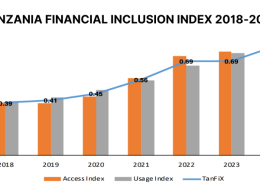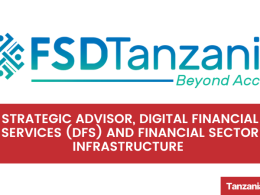The Tanzania Association of Microfinance Institutions (TAMFI) has recently received from the government the regulatory bill’s proposal for the microfinance subsector that aims at improving the financial services currently available to the country’s rural population and raise financial inclusion.
The document follows an announcement done by Tanzania’s Ministry of Finance Deputy Permanent Secretary, Mrs. Dorothy Mwanyika, whom in January, 2016, explained that the government would soon enact a solely new law governing the microfinance industry.
The new law, which counted with the support of the Bank of Tanzania (BOT) seeks to replace the current legal and regulatory frameworks that govern the microfinance industry that have not fully succeeded in boosting the country’s subsector.
The new law is in line with TAMFI’s last five years efforts to count with a specific law that properly regulate the industry, explained its CEO, Mrs. Winnie Terry.
A study in cooperation with representatives from the country’s microfinance subsector was drafted and presented to the government for parliamentary processes. The government has now gotten back to TAMFI with a proposal to enact the National Microfinance Act, 2015, however, it is being currently evaluated by the industry’s stakeholders, Mrs. Terry added.
The new regulatory framework must ensure growth while protecting consumers to accelerate the implementation of inclusive financial systems since microfinance institutions (MFIs) are the drivers of rural economic growth, she stressed.
Still, Tanzanian only account for a total of 500,000 clients or 5% of the country’s borrowing real needs, with only 10 MFIs that account for more than 80% of the clients’ base totaling a loan portfolio of TZS 275.7 billion or USD 130 million according to MF Transparency.
Moreover, according to World Bank (WB) latest statistics, Tanzania holds one of the lowest rates of adult population with access to any type of financial product at 17% or 22% if unregulated sources are taken into account, below Kenya with 42% and Rwanda with 33% as the top performers.










